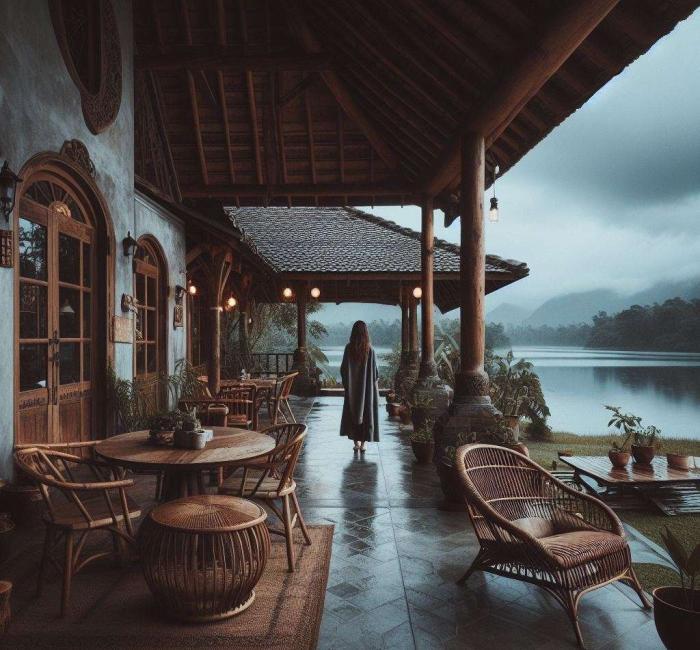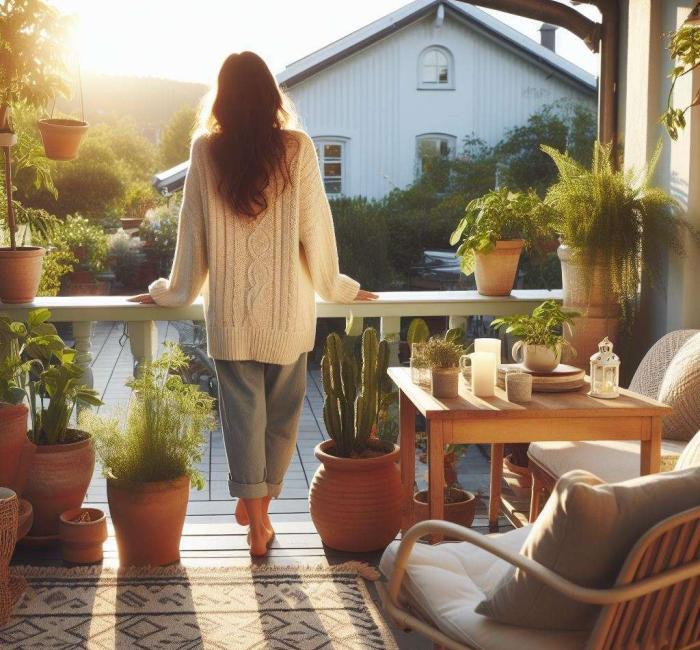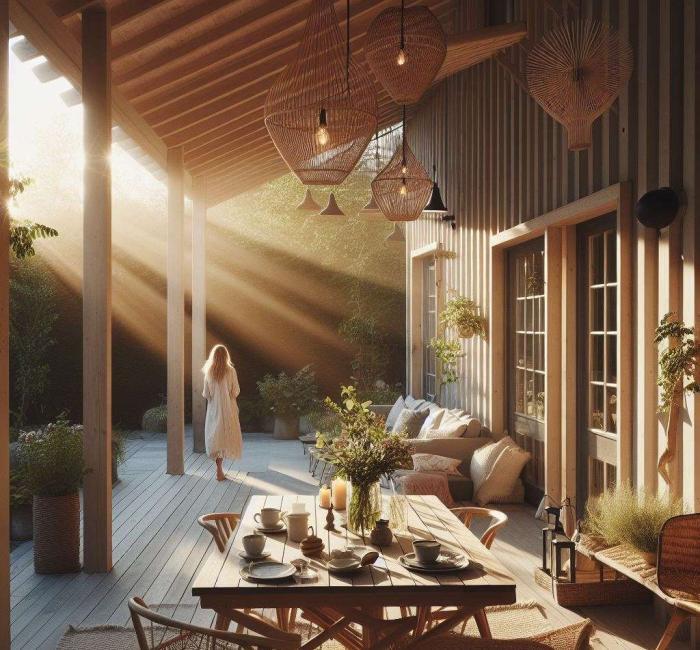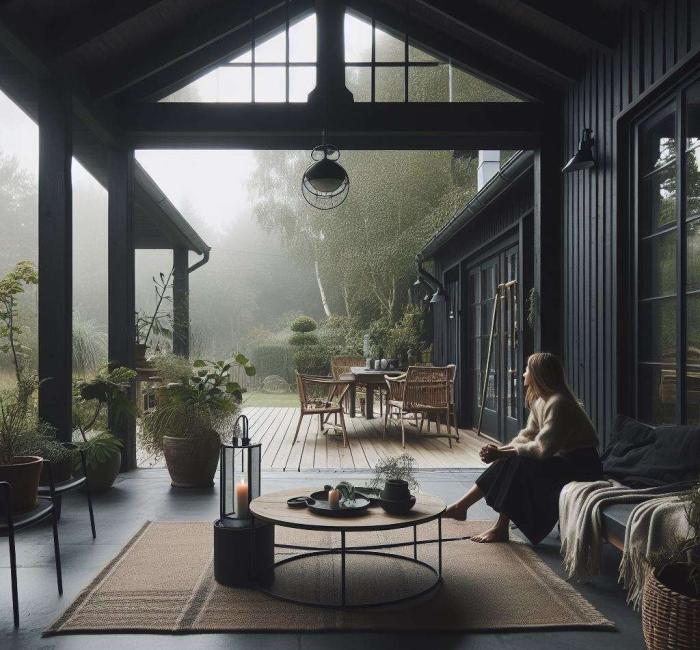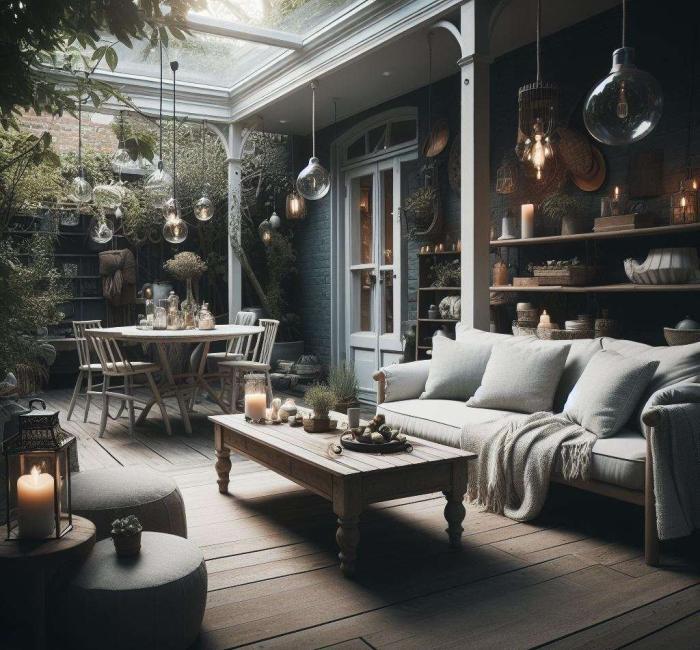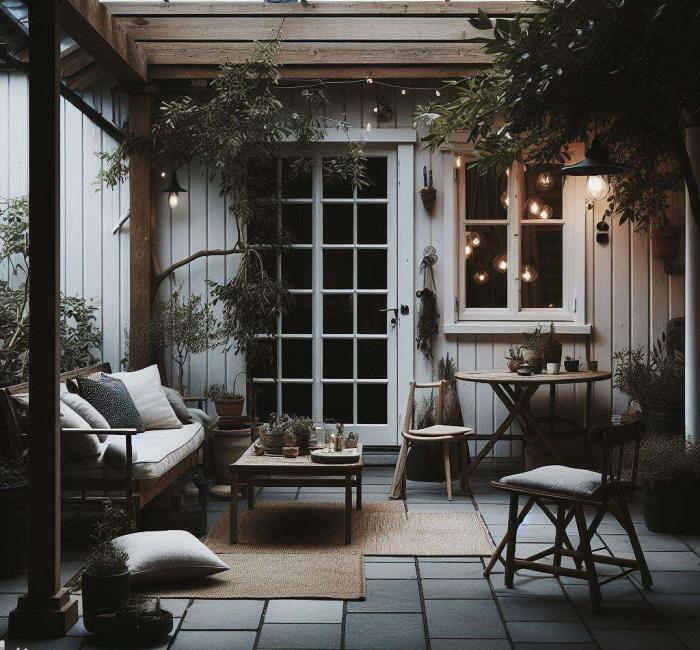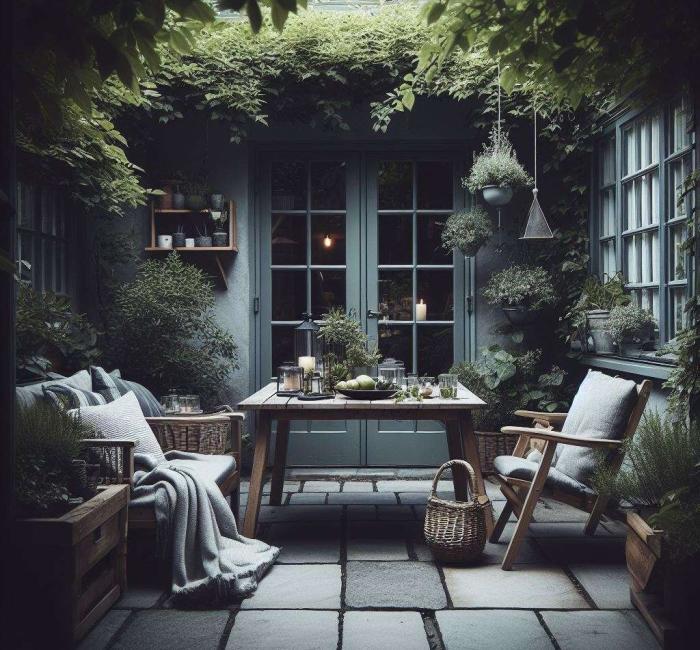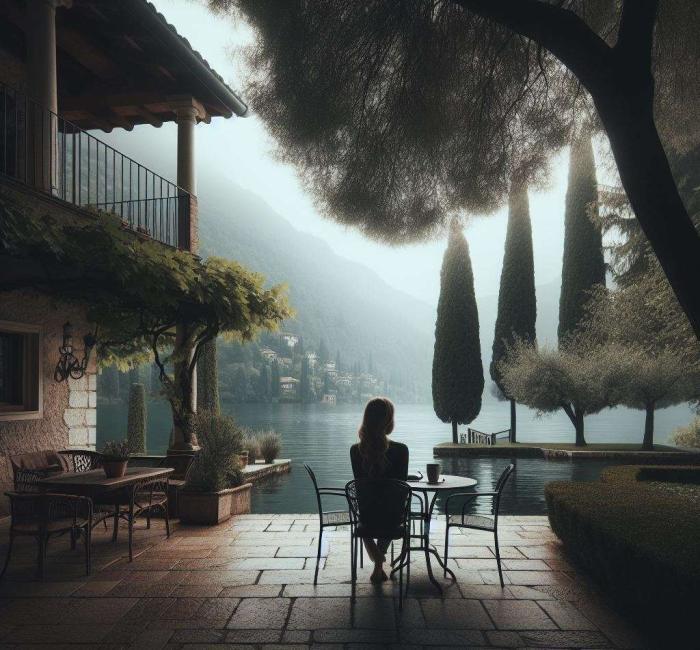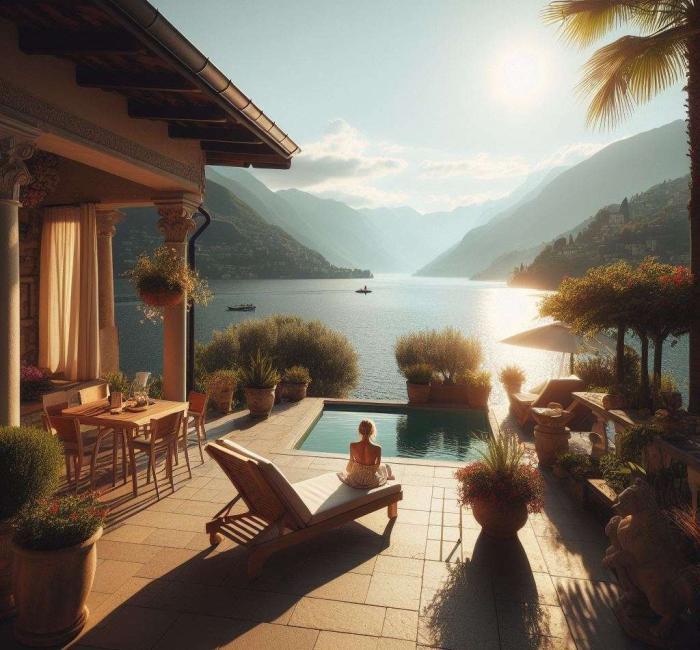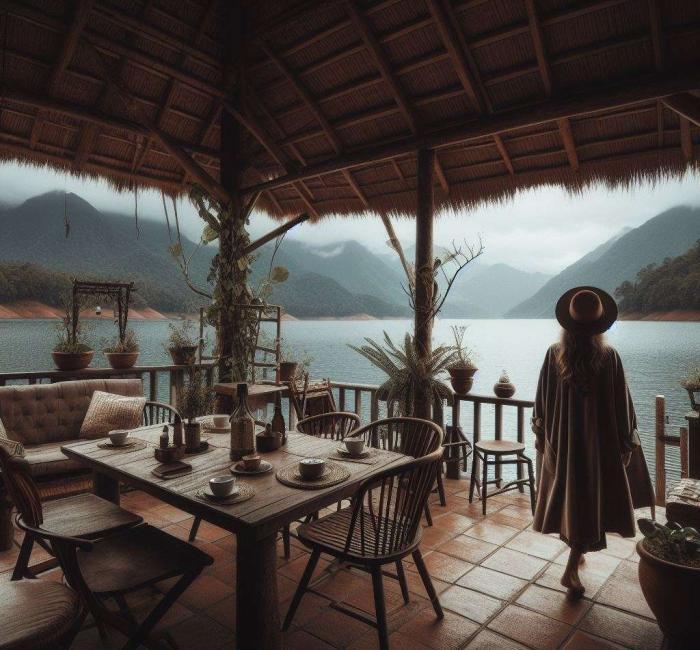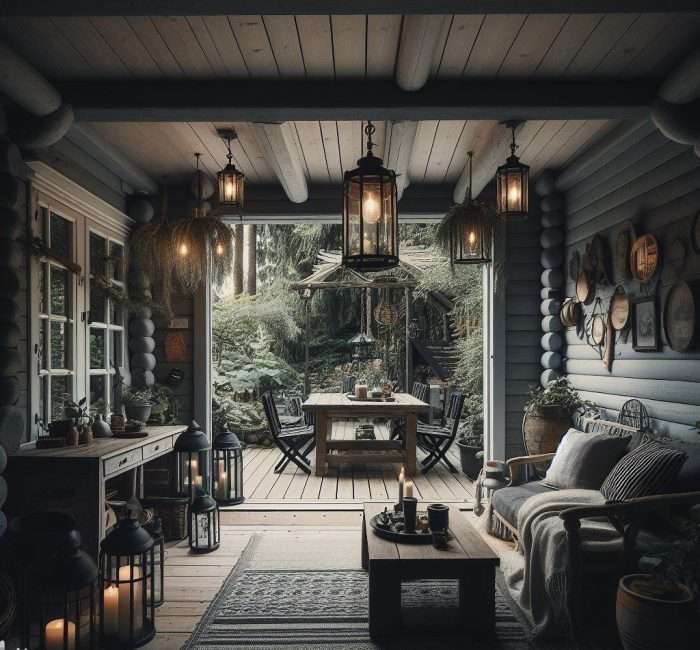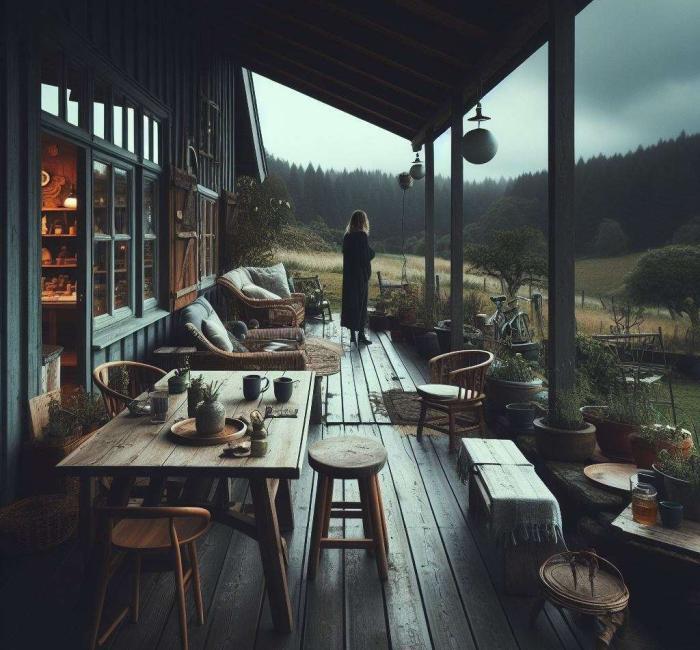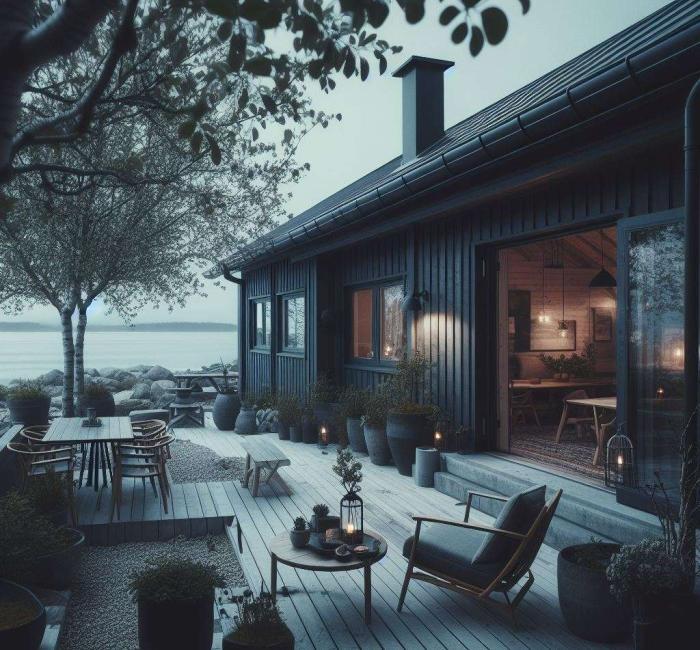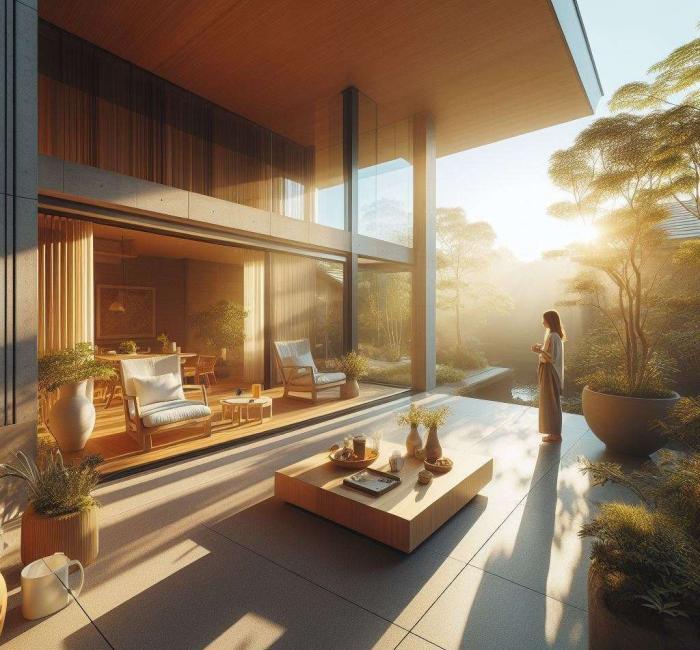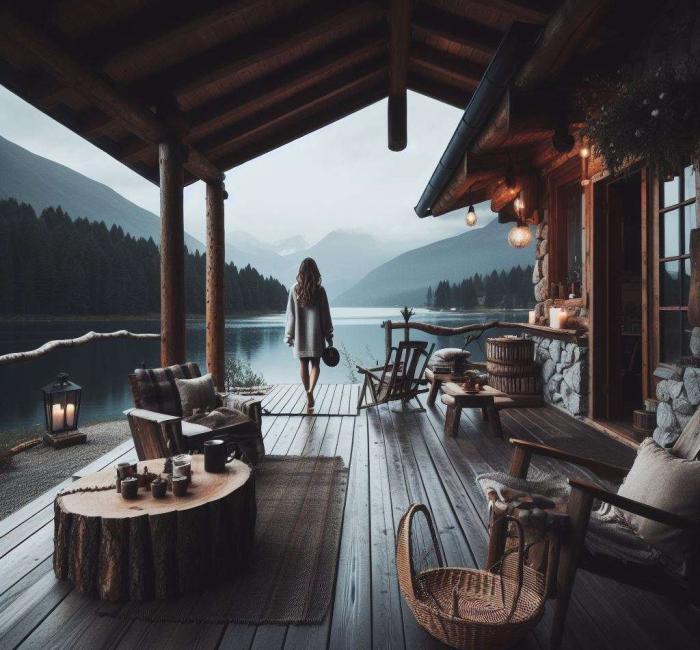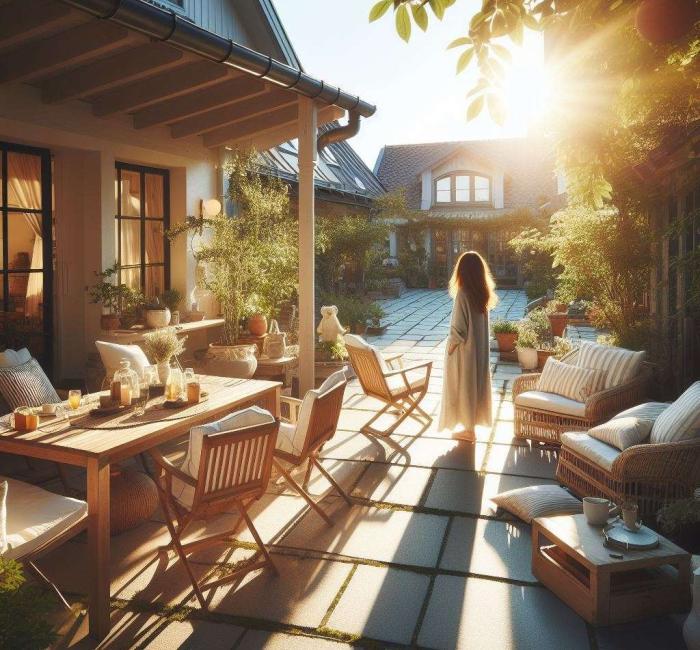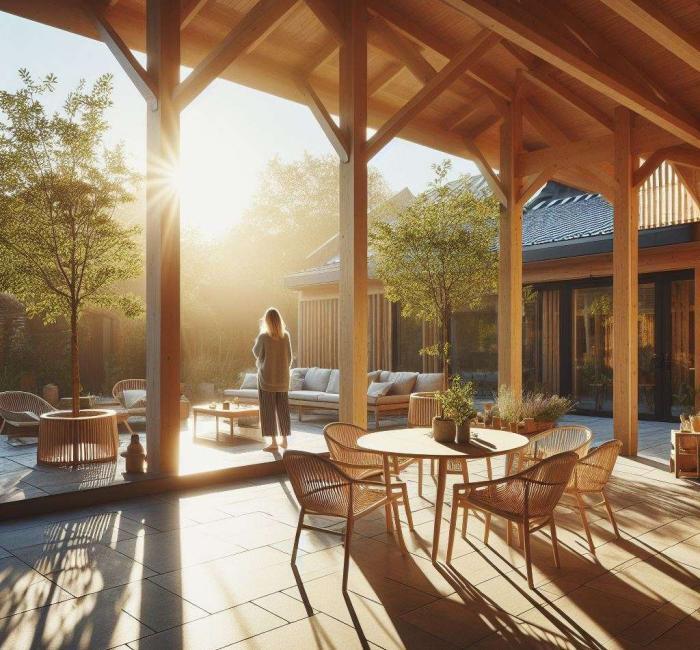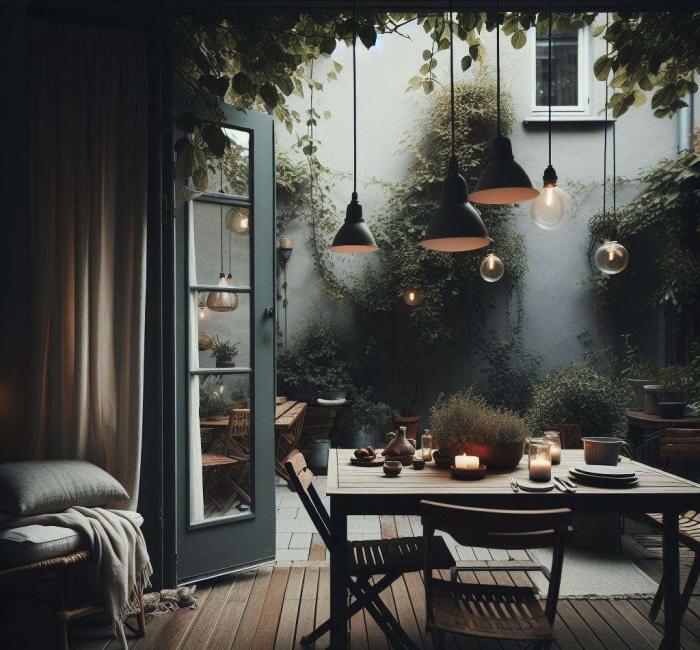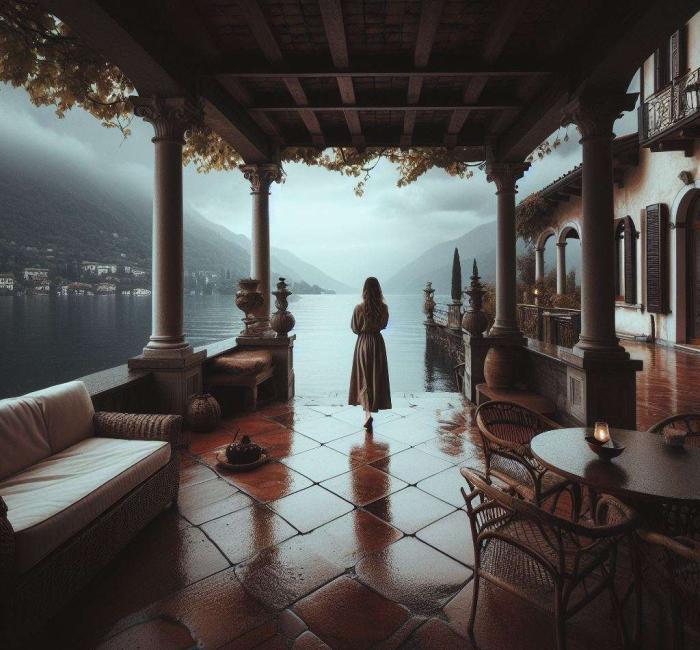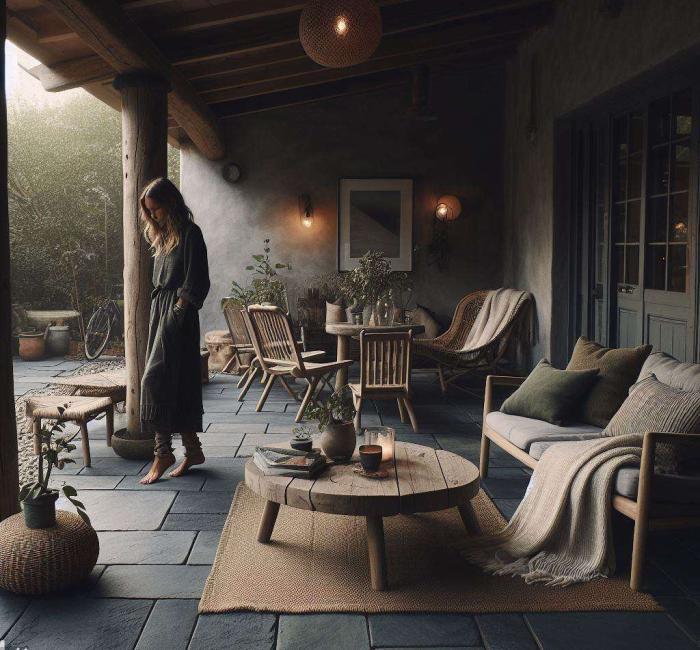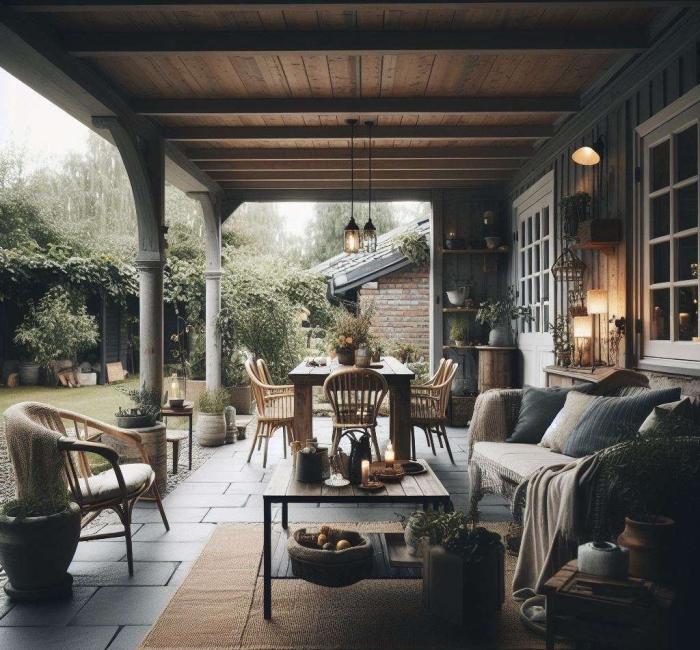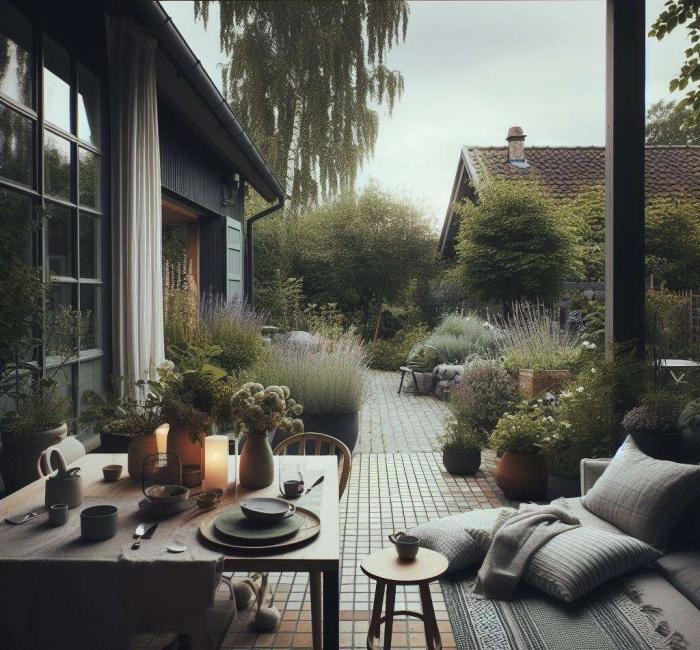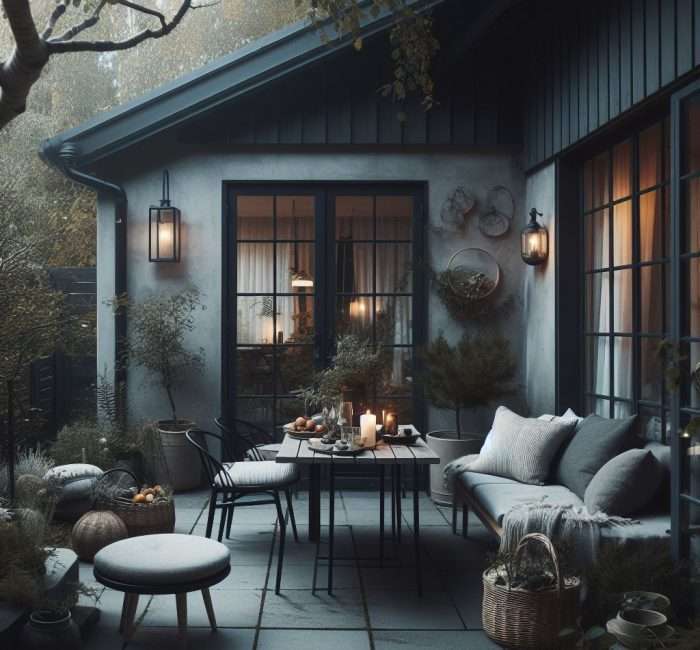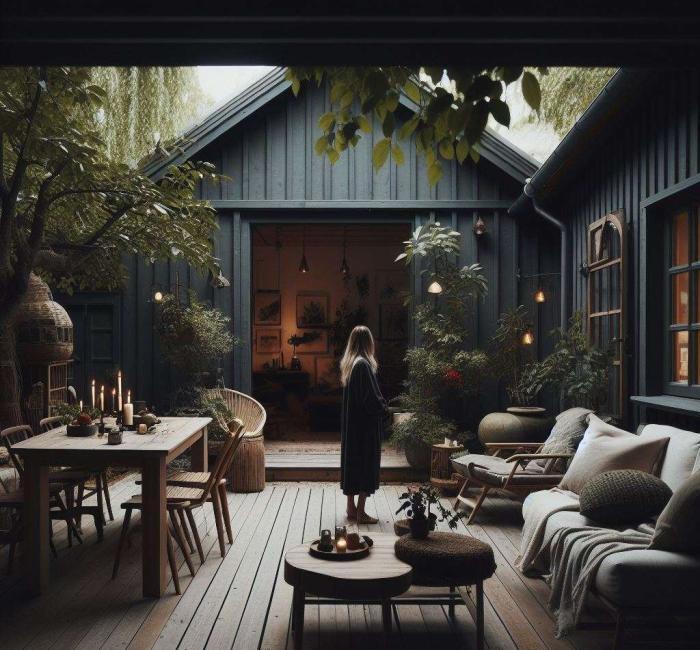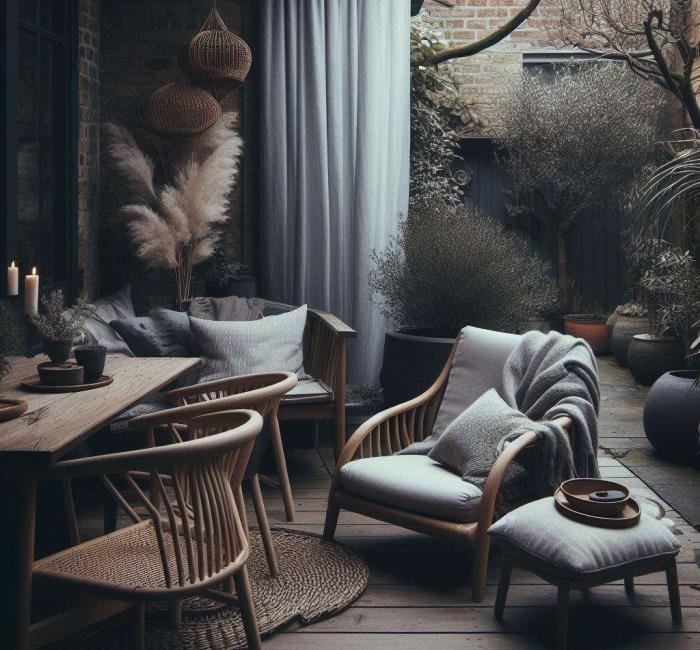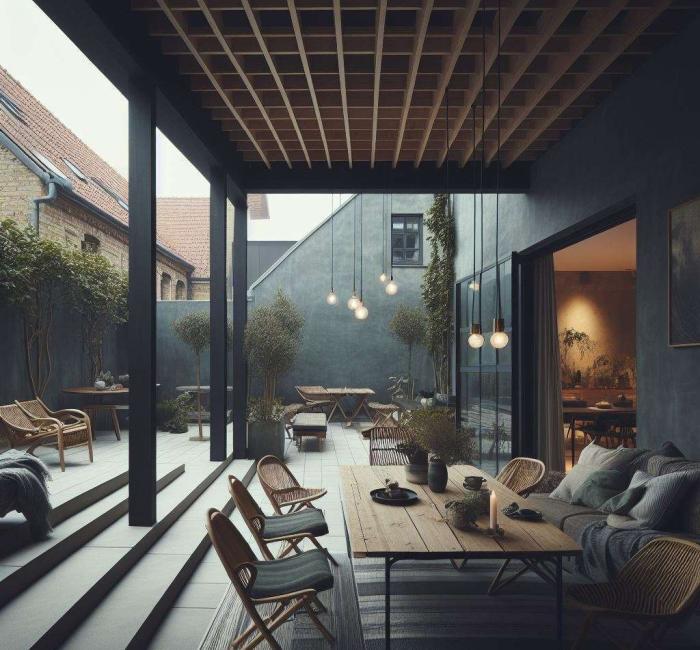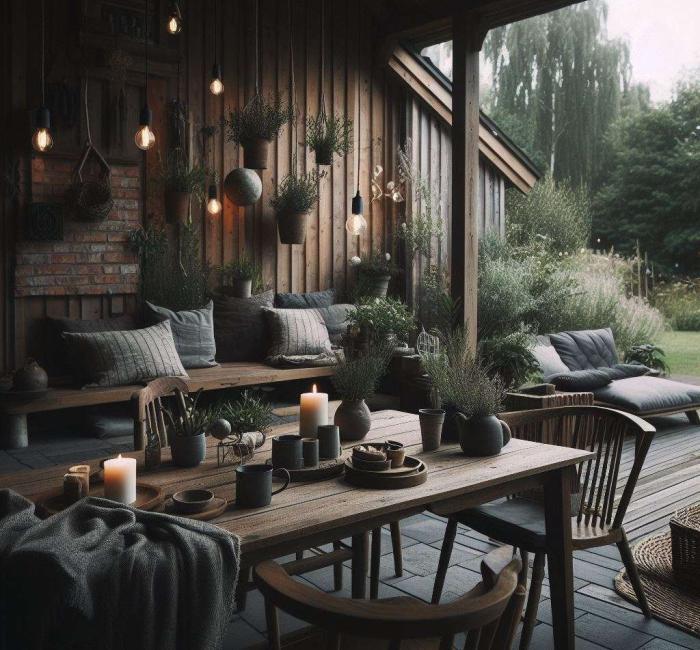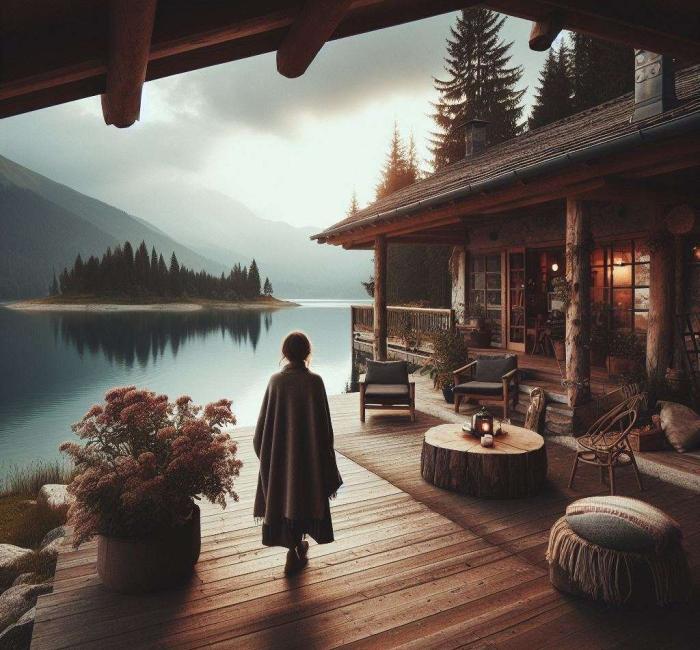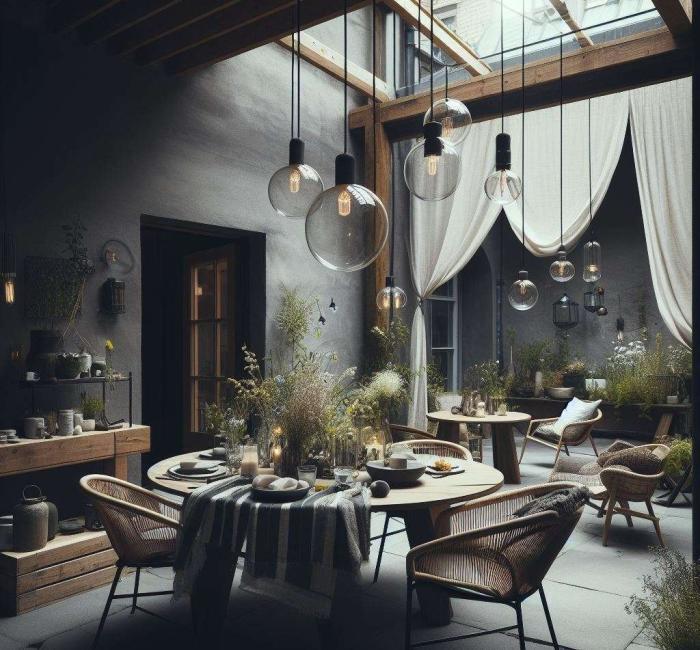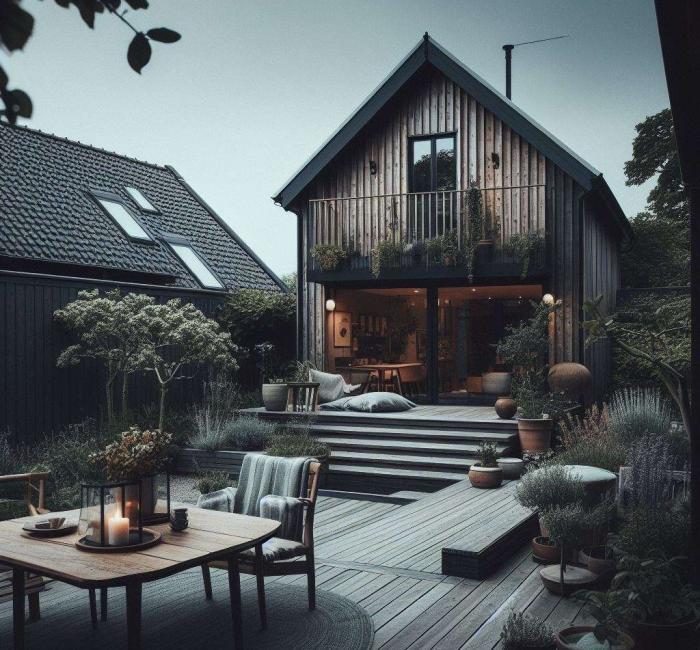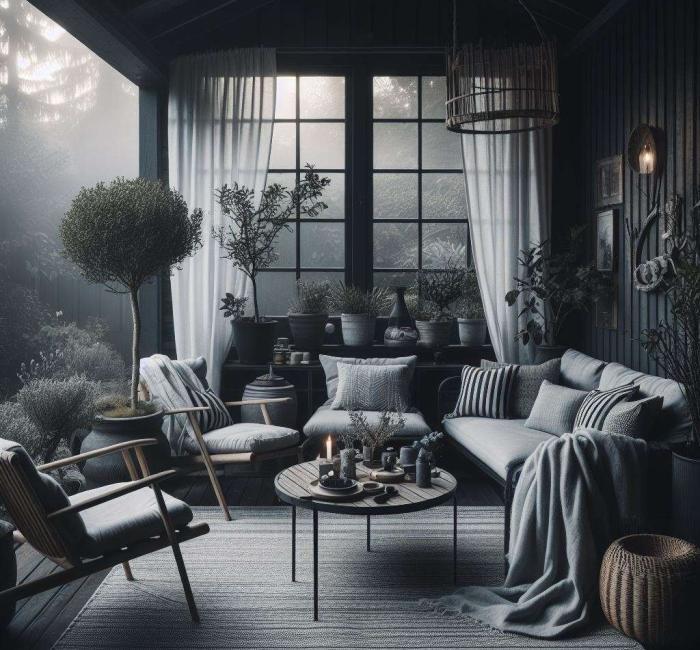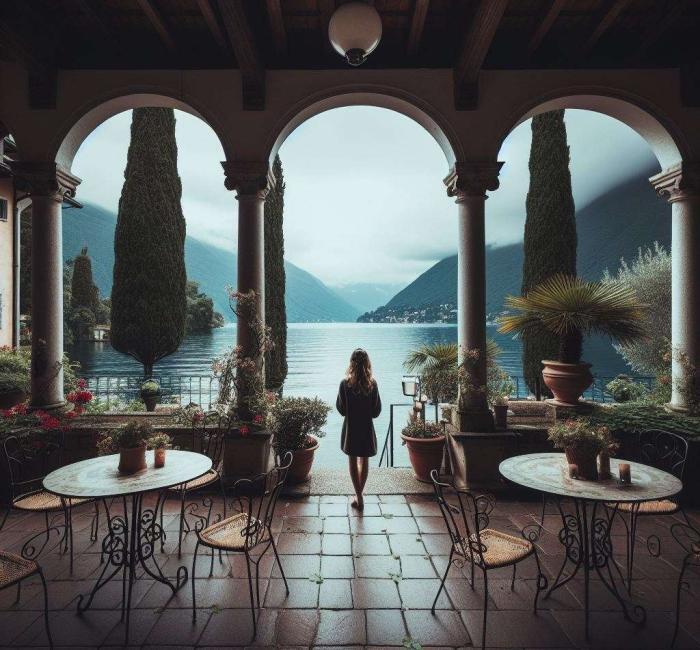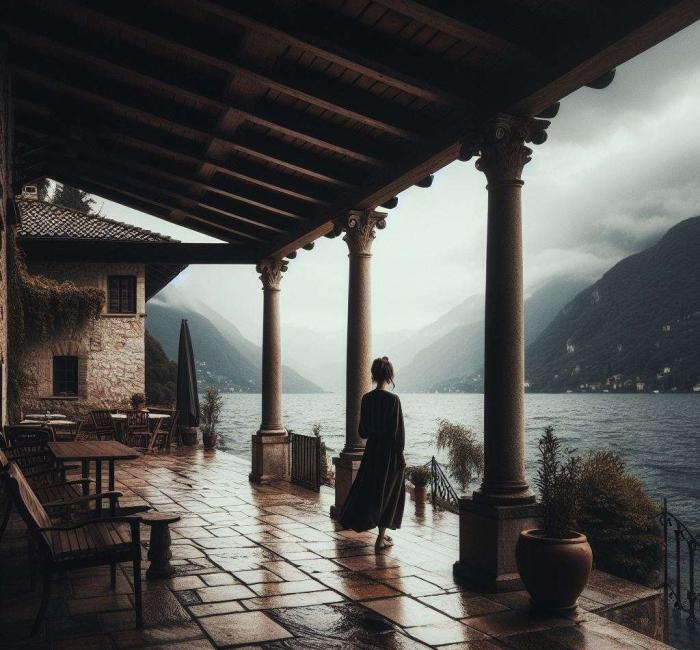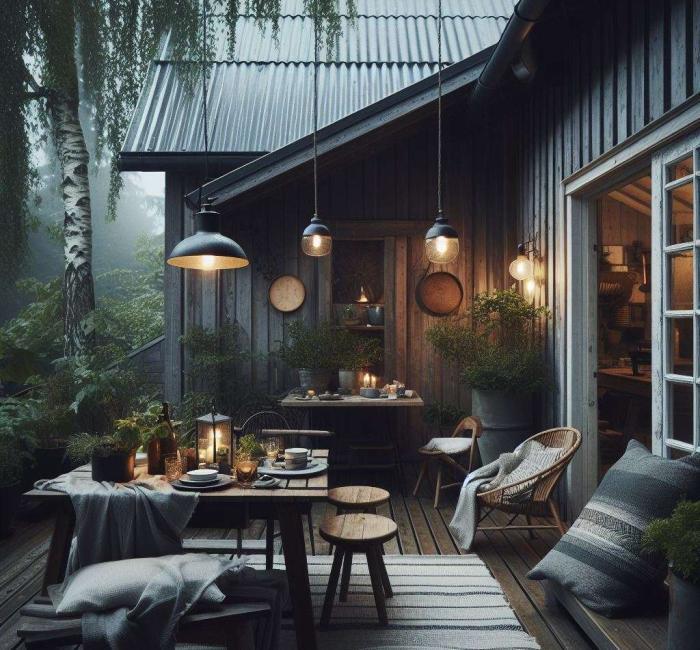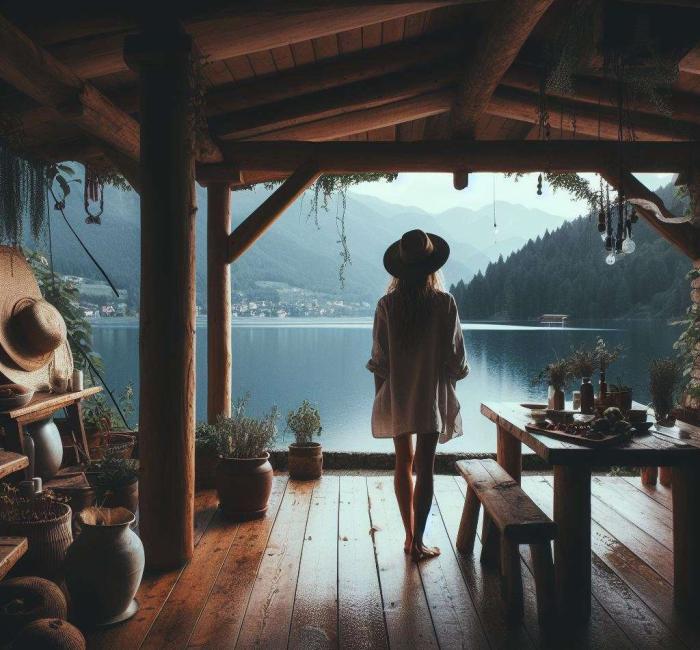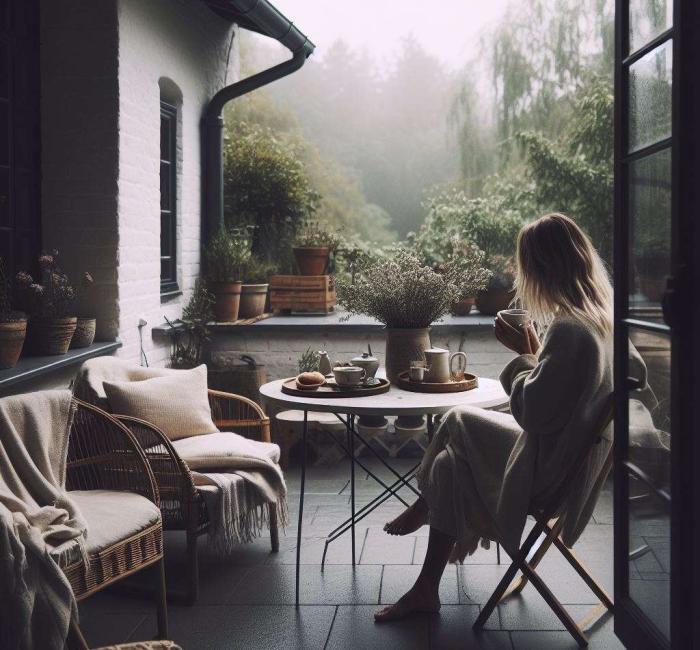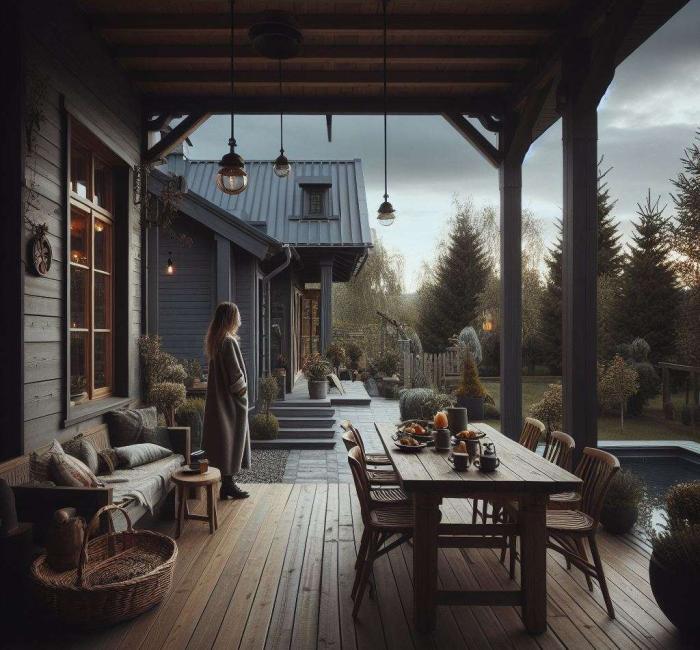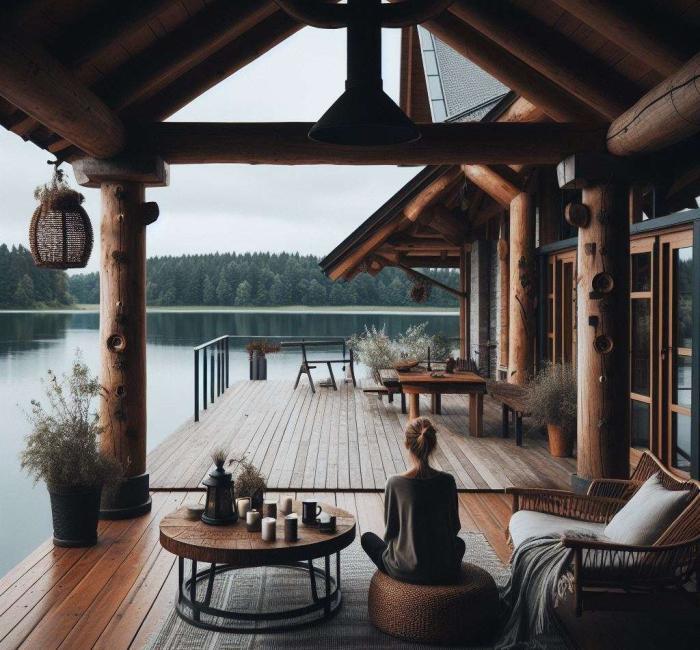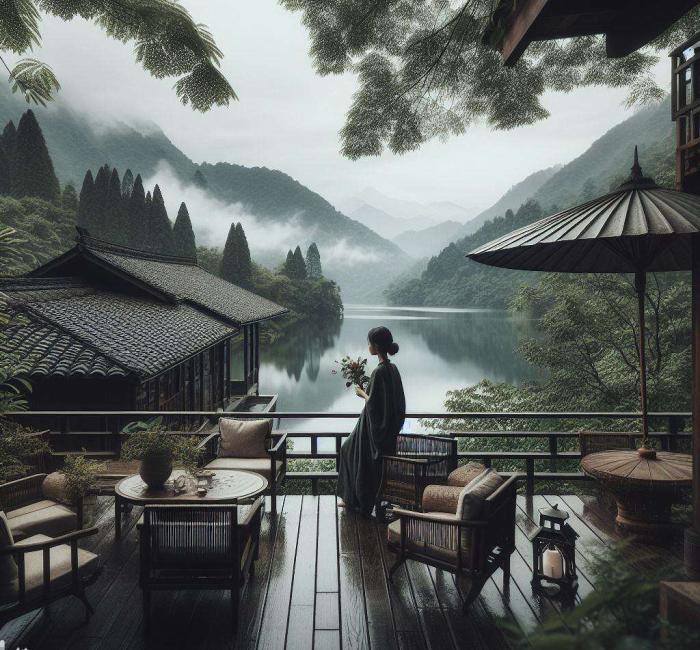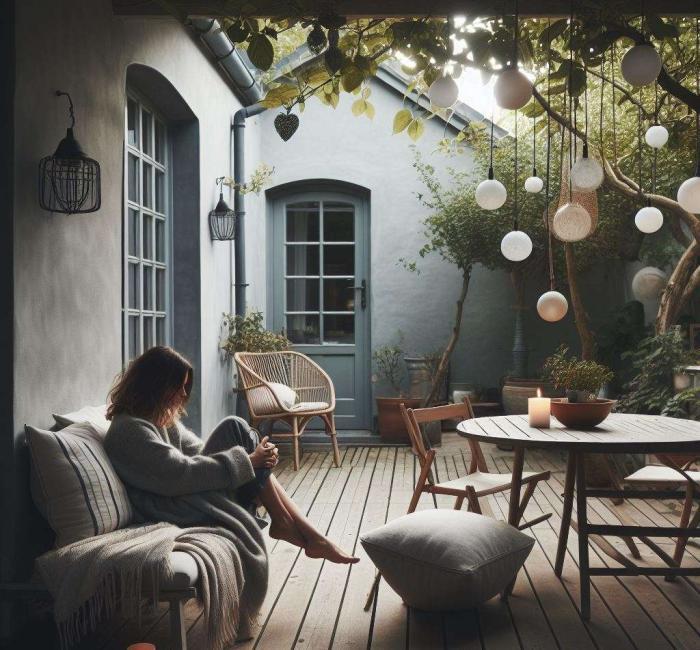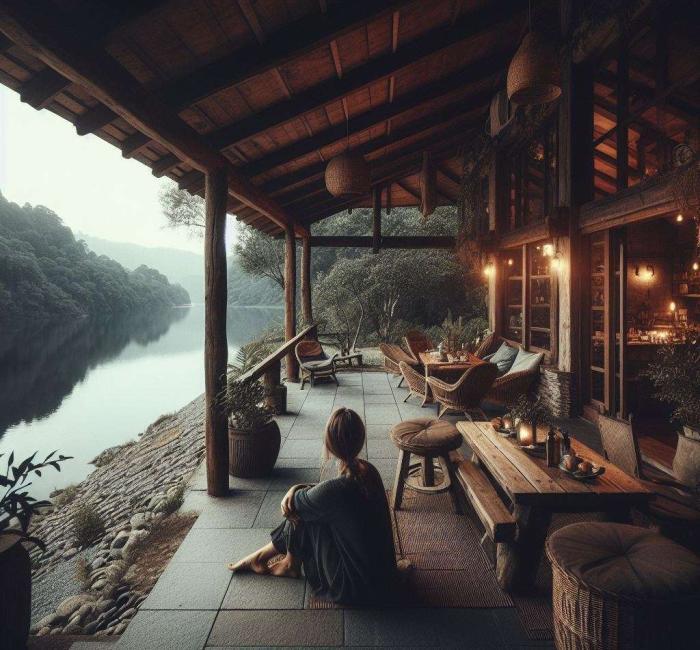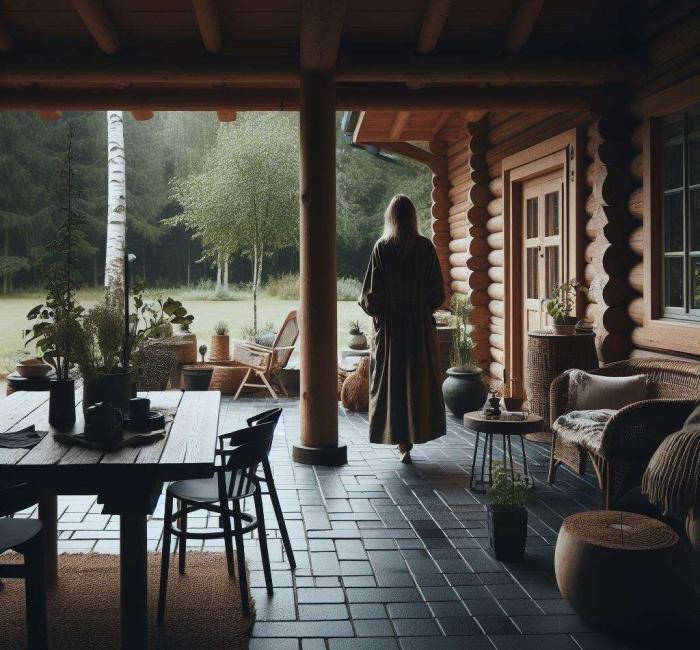AI Based Design
Terrace Design
The design of a terrace is a creative combination of nature and architecture that creates an inviting open space in one’s own home. A well-thought-out design takes into account various aspects:
- Material: The choice of terrace materials, be it wood, stone, tiles or others, affects not only the aesthetics, but also the durability and ease of maintenance of the terrace.
- Furniture and equipment: Comfortable and weatherproof garden furniture, combined with accessories such as cushions, rugs and planters, create a cozy atmosphere and promote the functionality of the terrace.
- Plants and greenery: The integration of plants, planters or vertical gardens gives liveliness to the terrace and creates a natural connection with the environment.
- Privacy: Considerations of privacy, whether through pergolas, curtains or planting, help to create a protected space in which to relax.
- Lighting: Strategically placed outdoor lighting, such as lanterns, fairy lights or recessed luminaires, creates an atmospheric atmosphere and allows the terrace to be used even in the dark.
- Size and layout: The optimal use of the available space plays a decisive role. A well-thought-out room layout creates different zones for relaxation, dining or entertainment.
- Weather resistance: Choosing weather-resistant materials and furniture is important to ensure that the patio can withstand the elements and is easy to maintain.
- Style and color palette: The design should correspond to the personal style and fit harmoniously into the architecture of the house. A balanced color palette provides visual coherence.
Designing a terrace is an opportunity to transform the outdoor space into a retreat that invites you to linger and relax. By carefully considering these aspects, a terrace is created that is both functional and aesthetically pleasing.
